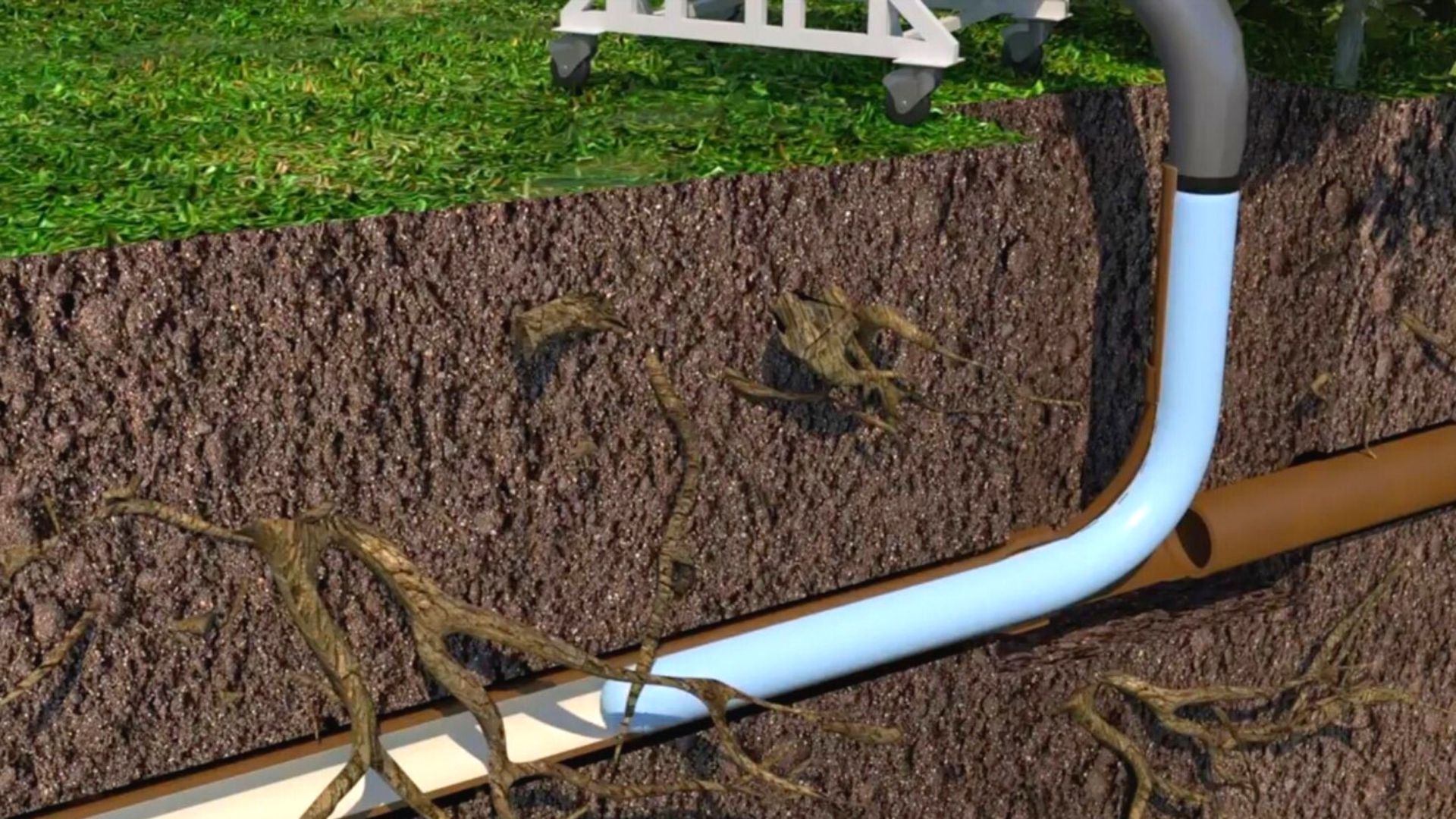
Plumbing issues can be a homeowner’s nightmare, often resulting in expensive repairs and disruptions to daily life. Homeowners often dread the potential cost of pipe relining, but this innovative solution offers significant savings compared to traditional excavation and replacement methods.
This article will explore the concept of relining and how it can save you thousands of dollars. From understanding the relining process to its benefits and applications, you’ll discover why relining is becoming an increasingly popular choice for homeowners facing plumbing issues.
Table of Contents
What is Pipe Relining
Pipe Relining is a cutting-edge method of pipe repair that involves inserting a new pipe into a broken pipe to avoid the need for major excavation or pipe replacement. This technique is minimally invasive and uses a flexible liner reinforced and sealed with a specific resin. This liner is inserted into the existing pipe, and once cured, it becomes a durable and long-lasting pipe within a pipe.
The Benefits of Pipe Relining
One of the most significant benefits of relining is its cost-saving potential. Traditional methods of plumbing repair often involve excavation, which can be labour-intensive, time-consuming, and costly. Relining eliminates the need for extensive digging, reducing labour costs and minimising disruption to your property. Additionally, relining is a more time-efficient process, as it requires less time for installation and curing compared to traditional repairs.
Relining also offers long-term benefits that go beyond immediate cost savings. The new pipe created through relining is highly durable and resistant to corrosion and root intrusion. It provides a seamless and jointless solution, minimising the chances of future leaks and blockages. By investing in relining, you save money on immediate repairs and reduce the need for future pipe replacements and repairs, saving you even more in the long run.
Common Applications
Relining is a versatile solution that can be used in various plumbing applications. It is particularly effective for repairing damaged or deteriorating pipes, including sewer lines, stormwater drains, and underground water supply pipes. Relining can address issues such as leaks, cracks, root intrusion, and corrosion. Whether you’re dealing with a minor leak or a more significant pipe problem, relining offers a cost-effective and long-lasting solution.
The Relining Process
The relining process involves several steps to ensure a successful repair. First, a thorough inspection of the damaged pipe is conducted using specialised cameras to identify the extent of the damage. Next, the pipe is cleaned and prepared for the relining process. The liner, coated with a specially formulated resin, is then inserted into the pipe using a calibrated inversion drum or air pressure system. The liner is carefully positioned and inflated to conform to the pipe’s shape. Once the resin cures, usually within a few hours, the liner becomes a strong and seamless new pipe within the existing one.
Conclusion
In conclusion, the cost of pipe relining is a small price to pay compared to the potential expenses of hiring a plumbing service for extensive repairs. You can conserve thousands of dollars in repair costs by avoiding extensive excavation and pipe replacement by choosing to reline. With its numerous benefits, including cost-effectiveness, time efficiency, and long-term durability, relining has become an attractive option for homeowners facing plumbing issues. Whether dealing with a leaking sewer line or a corroded underground water pipe, consider the cost-saving advantages of relining and consult a professional plumbing service to determine if relining is the right solution for your plumbing repair needs.
